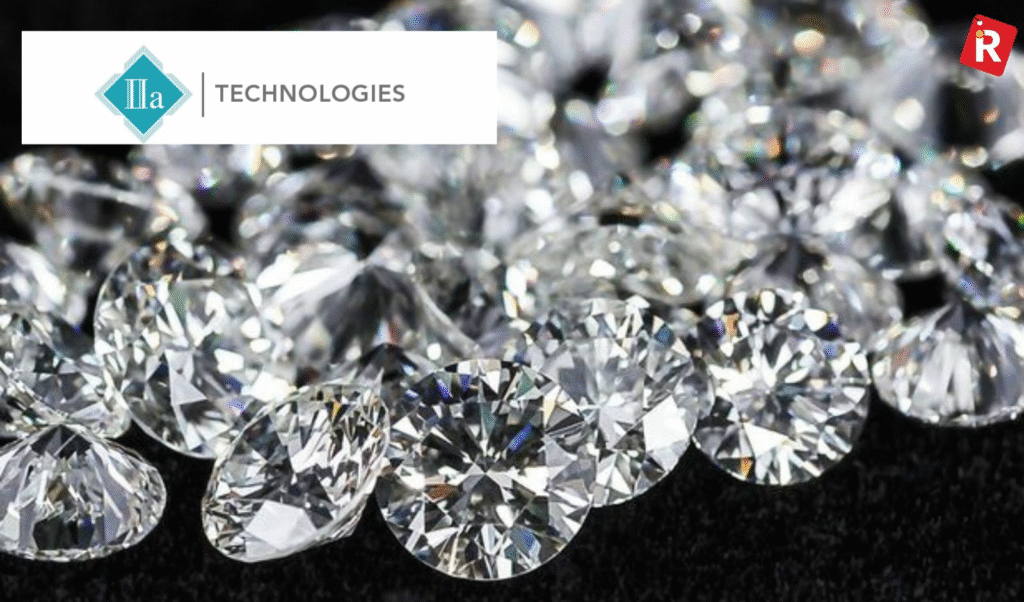Now Reading: Fewer Diamonds, Fewer Homes: The Hidden Economic Crisis 2025
-
01
Fewer Diamonds, Fewer Homes: The Hidden Economic Crisis 2025
Fewer Diamonds, Fewer Homes: The Hidden Economic Crisis 2025

Table of Contents
India’s once-shining diamonds business is now facing a rough patch, and the impact is beginning to spread beyond the jewellery market. Experts say the slowdown in the diamond trade is now hurting the real estate sector, a vital pillar of the country’s economy.
Both industries—diamonds and real estate—have been historically connected. Wealthy investors, especially in cities like Surat, Mumbai, and Jaipur, often earn from diamonds and invest in real estate. Now, as diamond exports and profits fall, fewer investors are pumping money into properties.
Diamond Industry Struggles: A Quick Look
The diamond business in India, particularly in cities like Surat, has long been a global leader in cutting and polishing diamonds. Nearly 90% of the world’s diamonds are processed in India, mainly for export. But since 2023, the demand for diamonds has sharply fallen in the US, China, and Europe—key export markets.

There are several reasons behind this decline:
- High inflation and global recession fears
- A shift in consumer choices towards lab-grown diamonds
- Geopolitical tensions affecting trade routes and confidence
- Luxury spending cuts in top markets
As a result, diamond units are shutting down, workers are losing jobs, and profits are drying up.
Real Estate Feels the Ripple Effect
When diamond businesses flourish, the money often flows into commercial and residential real estate. Builders, investors, and developers in cities like Surat rely on diamond traders for a major chunk of their sales.
Now, that source of money is drying up. Here’s how:
- Delayed Property Deals: Diamond traders who had earlier booked apartments or offices are now postponing payments.
- Unsold Inventory: Builders are stuck with unsold properties due to reduced buying capacity.
- Fewer New Projects: With limited funding from private investors, developers are pausing or downsizing their new projects.
Many diamond traders who used to invest in land, luxury apartments, or commercial spaces are now holding back, waiting for the market to improve.
Surat: The Most Affected
Surat, often called the “Diamond City of India”, is seeing the worst of this trend. Known for its world-class diamond polishing units, Surat also has a booming real estate scene. But now, over 30% of under-construction flats are either delayed or struggling to find buyers.
Real estate developers in the city say bookings from diamond traders have dropped by more than 50% since late 2023. Even ready-to-move-in luxury flats are being ignored.
One builder, who wished to remain unnamed, said:
“Earlier, a single diamond merchant would book four or five flats at once. Today, we are struggling to get even one confirmed booking from that sector.”
Employment Losses Adding Fuel to the Fire
Another problem is job loss in the diamond industry. With hundreds of units cutting down operations or shutting entirely, thousands of workers are now jobless. Many of these workers were also buyers of affordable housing units.
This drop in income means they cannot qualify for home loans or even pay EMIs on previously booked flats. Affordable housing, which had seen steady growth, is now facing a slowdown too.
Lab-Grown Diamonds Are Changing the Game
One surprising reason for the diamond sector’s decline is the rise of lab-grown diamonds. These are real diamonds, made in laboratories at a much lower cost. Younger consumers, especially in Western markets, are choosing these over mined diamonds for ethical and budget reasons.
This has reduced the demand for natural, mined diamonds—India’s core strength. As prices fall, profit margins shrink. This again reduces the amount of money diamond traders have to invest in other areas, including property.

Builders Seek Government Support
Real estate associations in diamond-heavy cities are now urging the government to step in. They are asking for:
- Temporary tax relief or subsidies for real estate developers
- Easier loan options for diamond traders investing in property
- Policy reforms to help revive the diamond trade
Industry experts believe that unless the diamond sector revives, real estate in smaller cities like Surat, Bhavnagar, and parts of Gujarat will continue to suffer.
Possible Long-Term Impact
If the situation continues, the slowdown may spread beyond Tier-2 cities. Mumbai’s real estate market, where many big-time diamond exporters live and invest, could also take a hit.
The combined effect could delay multiple real estate projects, hurt construction jobs, and even reduce the availability of affordable housing in the long run.
Is There a Way Out?
Experts say the diamond industry will have to adapt fast. Embracing lab-grown diamond manufacturing, improving branding and marketing, and exploring new export markets like the Middle East and Southeast Asia could help.
On the real estate side, developers are being advised to diversify their client base and not rely too much on one investor segment. Smaller properties, co-living spaces, and affordable housing could be safer bets in uncertain times.
Conclusion
The slowdown in India’s diamond business is no longer just a jewellery market issue—it’s now a real estate problem too. From unsold flats to delayed projects and job losses, the ripple effect is real and growing. Unless both sectors find a way to bounce back, the economic consequences could be deeper and longer-lasting than expected.
Also read –How India’s Rich Turn ₹5 Crore into ₹12 Crore: Real Estate Insider Spills the Strategy





















